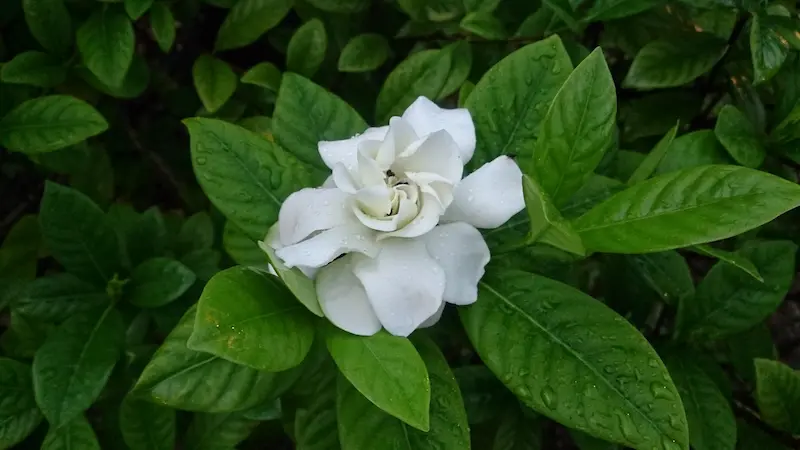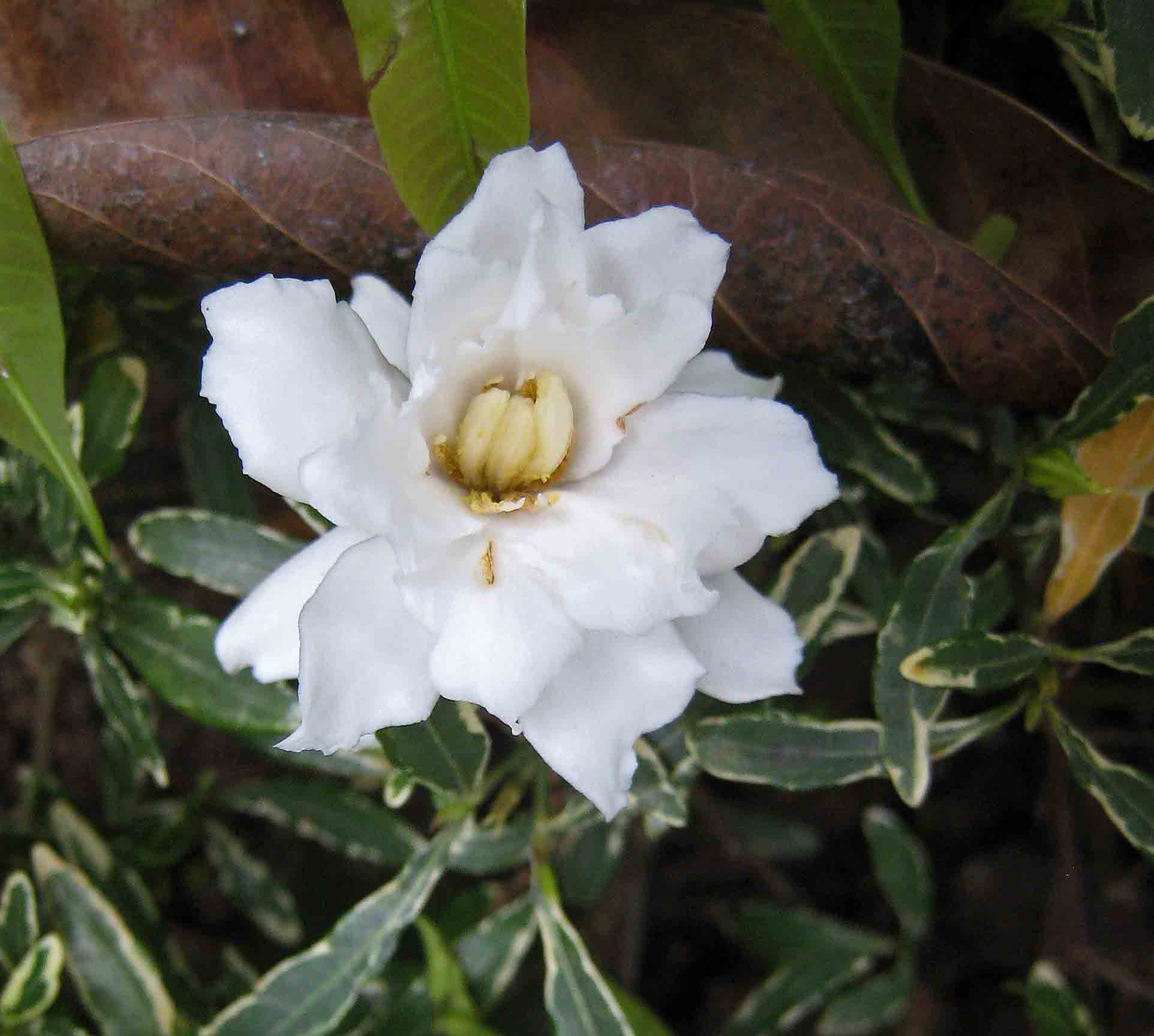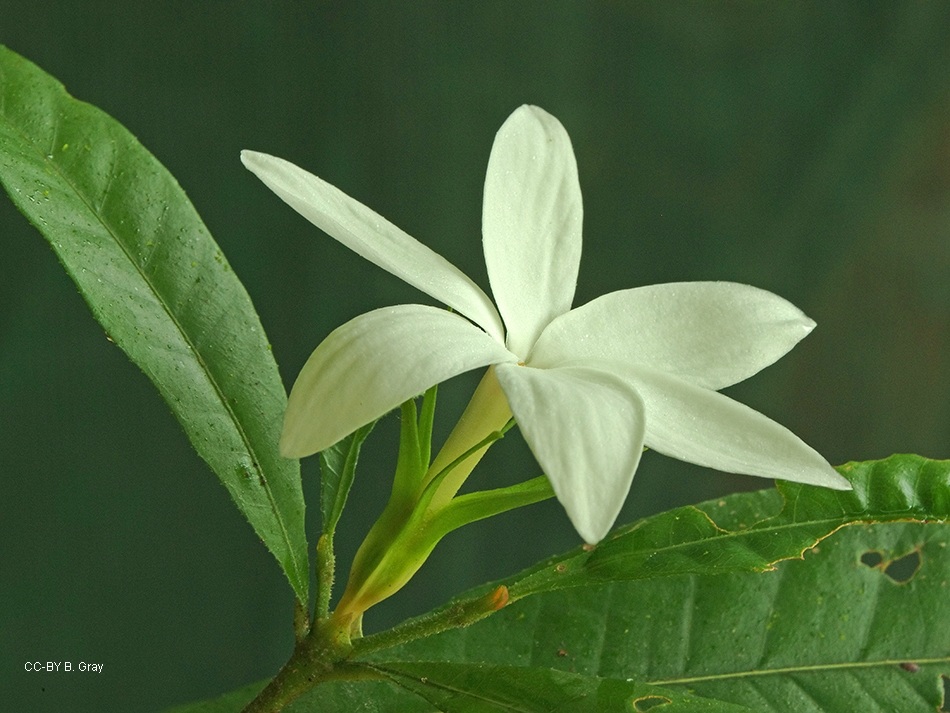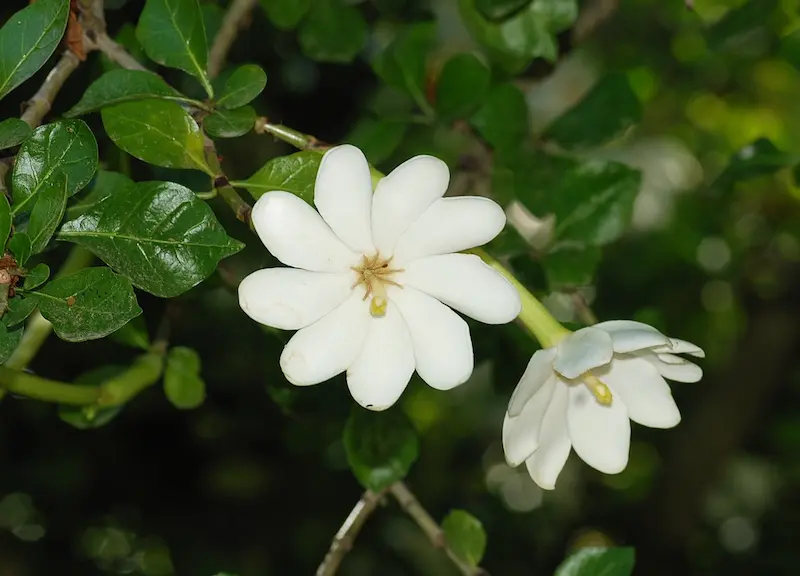Gardenia varieties are striking and fragrant flowering plants in the Rubiaceae, or the coffee madder family. It is a genus native to various regions around the globe, including the tropical and subtropical areas of Asia, Africa, Australia, and the Pacific Islands.
Learn more on how to care for gardenia.
The plant’s name was assigned in honor of Scottish-born American biologist and physician Alexander Garden by two famous botanists, Carl Linnaeus and John Ellis.
This evergreen plant’s height can range from 1 meter to 15 meters, mainly referred to as shrubs or small trees. Leaves are approximately 5 to 50 centimeters long, 3 to 25 centimeters wide and are oppositely arranged. They appear shiny with dark green color.
Flowers usually bloom from mid-summer to mid-spring and are mostly white in color. However, many species have yellowish flowers. As this plant type is widely distributed, there are numerous varieties worldwide.
Kleim’s Hardy Gardenia
Kleim’s hardy gardenia, scientifically Gardenia jasminoides, is the toughest variety of Gardenia with thick stems and short sizes. It grows gradually and reaches up to 2 to 3 feet upon maturity. Flowers are attractive, white-colored, and made up of five petals forming a star-like appearance.
It has a lovely intense fragrance, so people often plant it near their patios and entryways. They can also be grown at home in containers or pots for decorative purposes.

Credit: Mokkie, CC BY-SA 3.0 via Wikimedia Commons
Gardenia Radicans
Gardenia radicans, or cape jasmine, is another species of Gardenia plant which is evergreen in nature. The plant is native to South-East and North Asia and is most commonly found in counties such as Vietnam, Japan, China, Taiwan, etc.
Similar to Hardy gardenia, the cape jasmine is slow-growing and does not grow very tall. Flowers mainly bloom in late spring and other times in summer. It bears orange-colored fruits in the fall season, due to which many birds frequently visit the plant.
Similarly, this plant is in constant threat due to various pests and diseases. Mealybugs, spider mites, etc. can harm them, and diseases like anthracnose, sooty mold, and powdery mildew are frequent.
Other than the two names mentioned above, this species has various other names, such as creeping gardenia, dwarf gardenia, trailing gardenia, and miniature gardenia.

Credit: 阿橋 HQ, CC BY-SA 2.0 via Wikimedia Commons
Daintree Gardenia (Gardenia actinocarpa)
Daintree Gardenia, scientifically named Gardenia actinocarpa, is a rare and endangered species of the Gardenia genus. This plant is found in very limited places and is found comparatively in larger numbers in the Wet Tropics rainforest of northeast Queensland, Australia.
This species can grow up to a maximum height of 5 meters (16 feet). Flowering and fruiting take place a bit sooner, and flowers usually start blooming in late summer.
Flowers are actinomorphic and grow solitarily on pedicels which are between 5 to 15 mm long. Fruits are ellipsoid-shaped, green-colored, and are up to 46 mm (1.8 inches) long and 32 (1.3 inches) mm broad. They contain numerous seeds, which are around 4.5 (0.18 inch) mm in diameter.
Leaves look somewhat papery with wavy edges, glossy above and drier below, and are oppositely arranged. They are attached to stems and branches via petioles which are approximately 9 mm long (0.35 inches).

Credit: Bruce Gray, CC BY 4.0 via Wikimedia Commons
Large Pink Gardenia (Gardenia imperialis)
Large pink gardenia, scientifically called Gardenia imperialis, is a medium-sized tree belonging to the Rubiaceae family. It is indigenous to swamp savannahs or forests in tropical Africa, mainly Zimbabwe and Senegal. Similarly, people have claimed to have discovered it in some areas of the Burma valley.
Long and slender, this species can attain a maximum height of 18 meters (6 feet), and it is one of the tallest varieties of the Gardenia plant. The trunk is greyish in color, and the flowers are large, solitary, and usually pink or greenish red in color.
Fruits are yellowish to brown in color and are ellipsoidal. Leaves are large, oppositely arranged, and widely obovate. The upper surface is smooth, but the lower surface is a bit dry, and ant nesting cavities can frequently be found near the midrib region.

Courtesy of westafricanplants.senckenberg.de
Forest Gardenia (Gardenia thunbergia)
Forest gardenia, scientifically named Gardenia thunbergia, is a strongly built shrub or small tree mainly occurring in the southern African areas such as Estwaini and South Africa. It grows and spreads largely in forest areas, so people commonly call it forest gardenia.
Its other names include tree gardenia, wild gardenia, wild gardenia, and mutarara in the native Shona language.
Speaking of its characteristics, forest gardenia has dense twigs, and its trunk is hard with light-grey barks. Flowers are large, white-colored with intense scent, and 70 mm in diameter. Its fruit is approximately 80 mm long, oval, hard, and light-grey in color.
This species is useful for different wild animal species, such as hawkmoths, gardenia twig wilters, and even some large to medium-sized mammalian herbivores, including elephants.

Credit: Alvesgaspar, CC BY-SA 3.0 via Wikimedia Commons
Other Varieties
As per the reports, there are nearly 130 species of Gardenia. Some of its types, for example, Gardenia jasminoides, are further differentiated into various kinds, such as August Beauty, Aimee, Crown Jewels, Fortuniana, Jubialana, etc., other than just radicans and Kleim’s Hardy.
Similarly, some of its various species are Gardenia anapetes, Gardenia gummifera, Gardenia remyi, Gardenia hillii, Gardenia barnesii, Gardenia brighamii, Gardenia sericea, etc., among numerous others.







Leave a Reply
You must be logged in to post a comment.